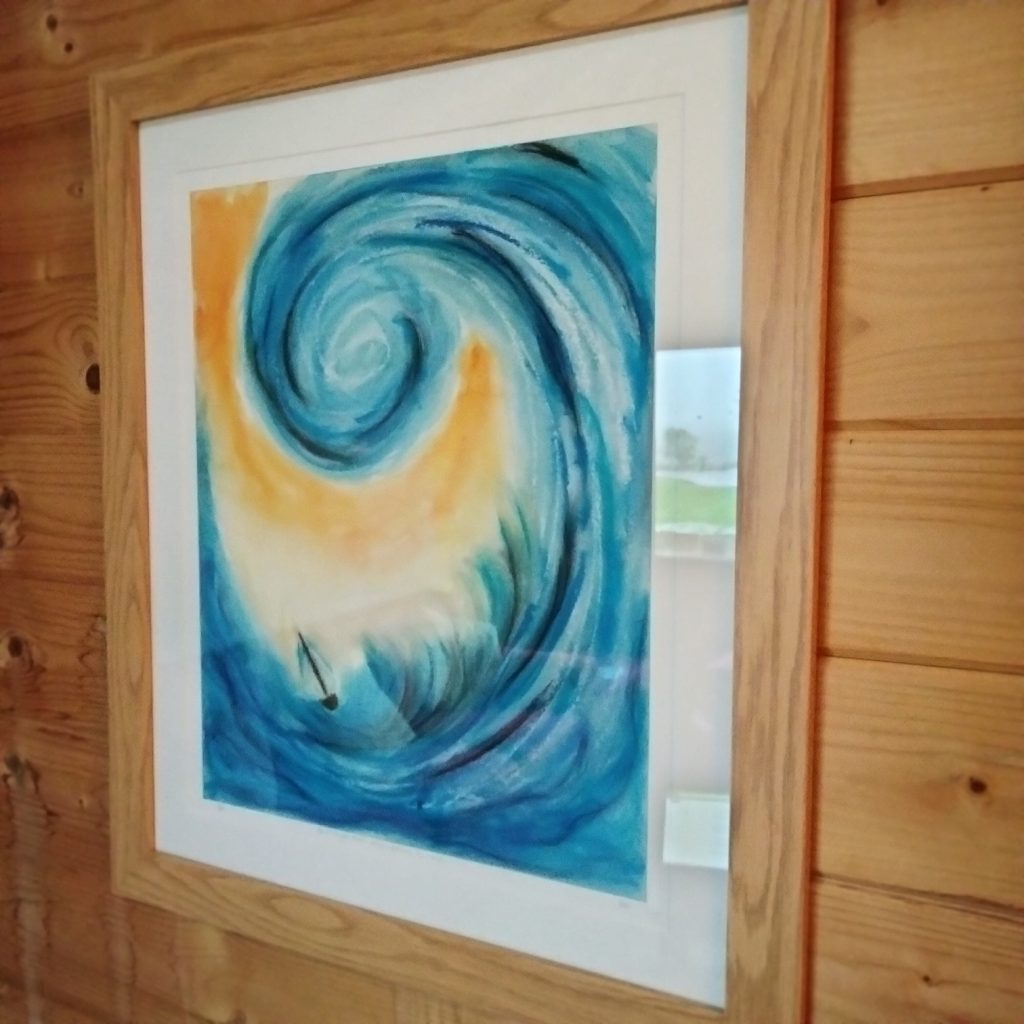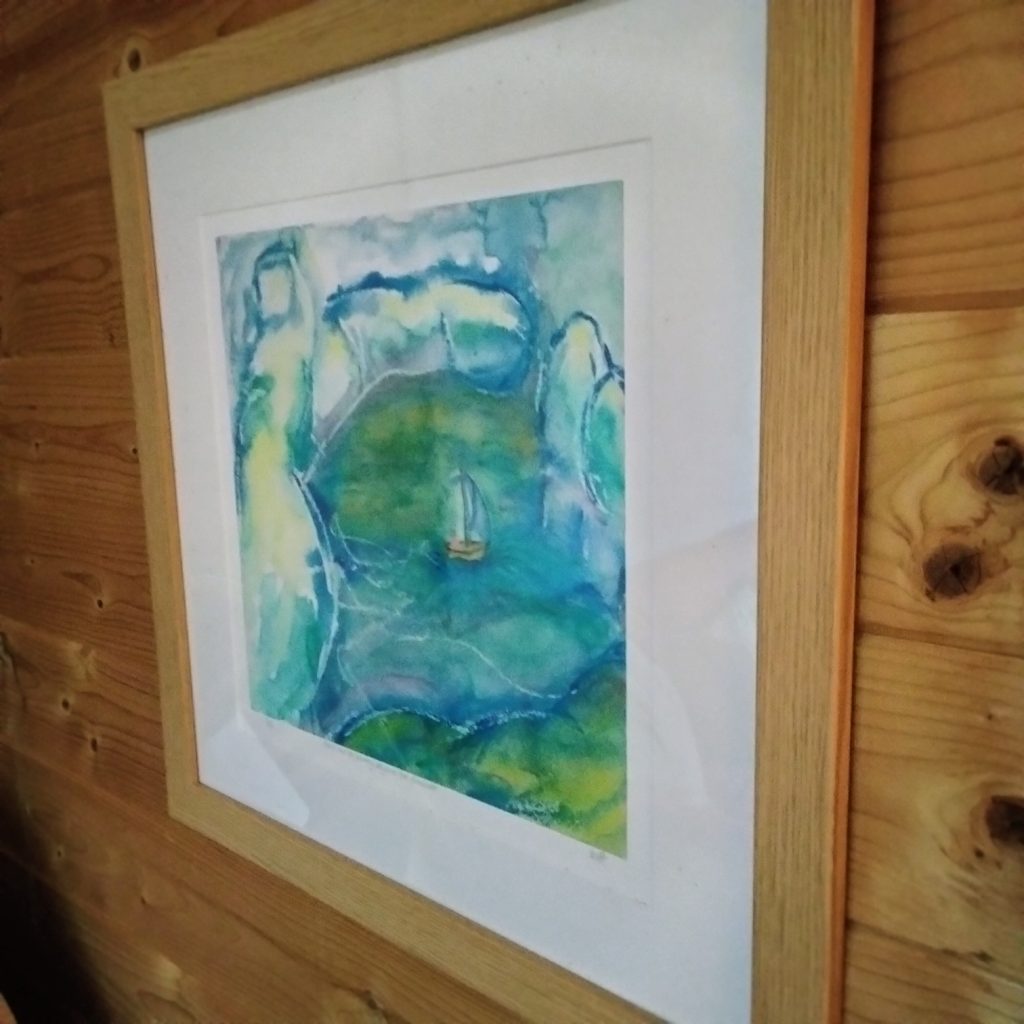The thought just occurred to me that we talk about “traveling” when perhaps we mean something else. I realized that I don’t particularly care for traveling, but I do like being other places. Traveling and being somewhere are two different things in my world, perhaps in everyone’s.
Even locally speaking: I have been in the U.K. for a month. But for the week after Easter, we were mostly traveling within the U.K. ( 2 nights in Dalkeith, one night in a hotel, one night with friends in Berwick). It’s hard to be when your existence is defined by the fact that you’re not…you’re traveling. A pilgrim. Or an exile.

I rush through travel. When I hike, I have to use various mental gymnastics to slow myself down because I’m in such a rush to get to the next…placement. During a solo backpacking trip, it’s not unusual for me to be up and on the trail as the sun rises. Then, I’m at my next destination by 2:00 in the afternoon with camp set-up, often bored. God has ways of redeeming this sort of lopsided approach for my benefit, but my point is, the travel part is something I’m anxious about. Something to be accomplished, sometimes it even feels like I’m defeating it (or it’s defeating me!) But I’m becoming convinced I’m missing a lot by living this way.
Is that how we are to see pilgrimage? Is this our posture toward exile? Many of the Northumbrian saints were referred to as “peregrini” (Latin for wanderer). Traveling with no regard for where they will “be” at the end of a day (or a week or year) was their vocation.
St. Brendan the Navigator is perhaps the central example of this. I’m sitting in a garden room at Nether Springs named after him. It’s a place I’ve chosen to “be” on most mornings while I’m here.

Ironic. I’m surrounded by images and words in this room meant to evoke and inspire me to travel, and all I really long for is to get the travel out of the way and be. Don’t get me wrong, there is nothing wrong with being…I’m just beginning to realize that the disciple’s journey is to become like Jesus in every way…he was fully present (be) wherever the Father was, and that is everywhere. The peregrini caught this vision and were able to mimic Jesus: always present while always on the move.

As I get older, I think I understand more and more how the internal landscape is the only real one…in a sense the physical universe is just a backdrop; a movie set. It’s the internal journeying…the leaving of the familiar to explore the terrifying unknown within us that’s the point. So much energy goes into stabilizing a physical place to be, when, we should be taking risks and breaking new ground in our internal worlds. “Seek and you will find. Knock and the door will be opened to you.”
For those wandering the wilderness of their internal landscape these days, you’re right where you should be. He is with you. He is with me, even when I don’t feel it. Because it his nature to be.

It’s been a joy. But I’m looking forward to being…back home.

